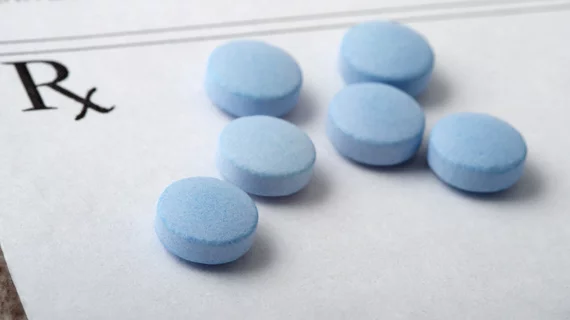Convicted radiologist seeks easier sentence in opioid distribution case
Convicted of writing prescriptions for non-medical reasons, former University of Pittsburgh Medical Center (UPMC) radiologist Marios Papachristou is now asking for probation after claiming he only used the pills for his addiction, not money-making purposes, according to a Pittsburgh Post-Gazette report.
Papachristou, 44, pleaded guilted to his crimes earlier this year and faces up to 46 months in prison. He said he became addicted to Vicodin following a kidney infection years ago and as a result began prescribing—along with another UPMC doctor facing the same charges—pills to friends and family and “diverted” them for personal use, the Gazette reported.
"Dr. Papachristou, for his part, should not be sentenced as a 'pill mill' physician, a physician who traded prescriptions for in-kind favors, or an addict who victimized other addicts for his own profit," said Wesley Gorman, Papachristou’s lawyer, in sentencing papers. "He wrote prescriptions to serve a personal addiction with a medical origin, he victimized nobody but himself, and then he overcame his addiction and terminated his criminal conduct before the investigation in this case."
U.S. District Court Judge Arthur Schwab will hand down the sentence next week, the Post-Gazette reported.
Read the entire story below.

